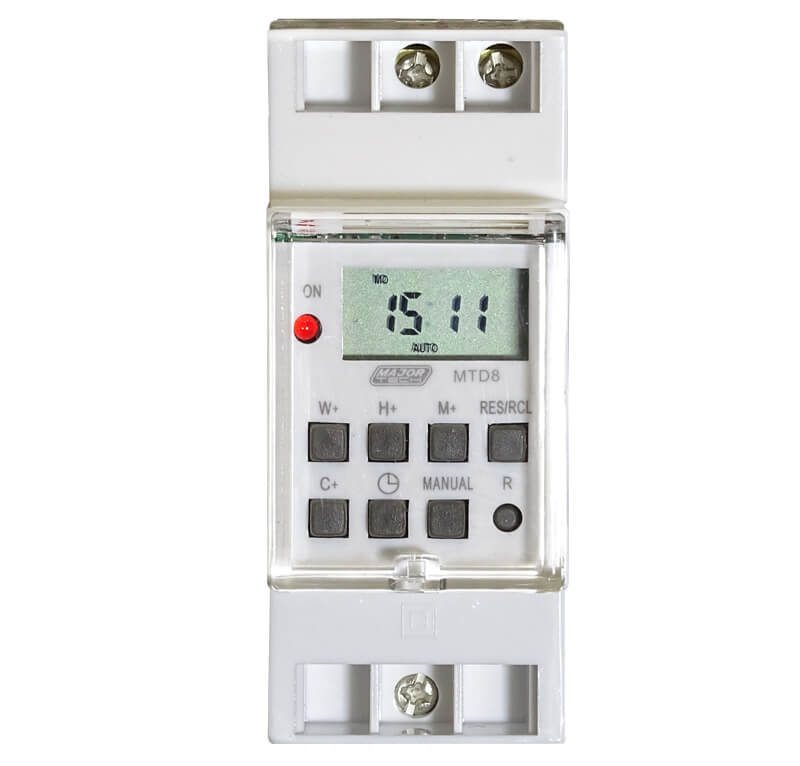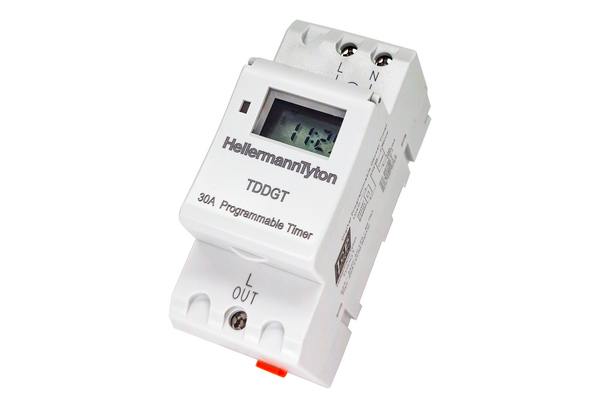Keep Your Geyser Efficient with a High-Quality Timer System
Recognizing the Common Issues Related To Geyser Timers for Effective Water Home Heating
The efficient functioning of hot spring timers is necessary for maximizing water heating efficiency, yet individuals frequently come across a variety of common problems that can compromise performance. Malfunctions, inaccurate setups, and compatibility difficulties are just a few of the obstacles that can emerge, potentially leading to increased energy expenses and decreased integrity. Power supply disparities and the need for regular upkeep can complicate matters even more. Recognizing these factors is essential to guaranteeing that geyser systems operate at their ideal, welcoming a better exam of the remedies that can attend to these widespread worries.
Typical Breakdowns

One widespread breakdown is the failure of the timer to launch heating cycles. This can happen due to electric issues, such as a blown fuse or defective circuitry, avoiding the timer from getting power. One more typical issue is irregular temperature policy; the hot spring might stop working or get too hot to heat water adequately. This could be credited to a malfunctioning thermostat or sediment accumulation within the container, insulating the home heating component.

Incorrect Timer Settings
Misconfiguration of timer setups is a common issue that can cause significant inefficiencies in hot spring procedure. When timers are established improperly, they might turn on the hot spring at suboptimal times, causing either not enough heating of water or extreme power intake. If the timer is set to turn on during optimal electrical energy hours, it not just inflates energy costs yet likewise leads to unneeded pressure on the electric facilities.
Additionally, incorrect timer settings can interrupt the availability of warm water when required - geyser timer. A badly set up timetable may leave homes without hot water throughout optimal use periods, causing inconvenience and irritation. On the other hand, continuous operation because of misconfigured timers can bring about getting too hot, increasing and damaging the hot spring maintenance prices
Individuals ought to familiarize themselves with their geyser's home heating needs and change the timer to straighten with their certain requirements. Properly configured timer setups ultimately contribute to a more cost-effective and lasting water heating solution.
Compatibility Issues
Compatibility concerns can considerably affect the performance of hot spring timers, particularly when incorporating with different furnace or clever home technologies (geyser timer). Numerous hot spring timers are created to work with specific kinds of water heaters, such as resistive home heating aspects or gas-fired systems. If a timer is not compatible with the heating unit, it may not operate appropriately, resulting in ineffective water heating or also damage to the system
Furthermore, as smart home modern technology proceeds to develop, the integration of geyser timers with home automation systems can pose challenges. Not all geyser timers provide the very same level of connectivity, which can prevent read this their ability to connect properly with mobile applications or clever centers. Customers may locate themselves not able to control their hot spring timers from another location or useful content set schedules that line up with various other smart gadgets in their home.
Additionally, the compatibility of hot spring timers with existing electrical infrastructure can also be a worry. Variants in voltage rankings, circuitry standards, and circuit setups can lead to operational concerns. It is critical to completely analyze compatibility with both the heating equipment and the home's electric system prior to picking a geyser timer to make certain ideal performance.
Power Supply Issues
Power supply problems can severely prevent the capability of hot spring timers, resulting in unreliable operation and increased power prices. These issues may stem from inadequate voltage supply, irregular source of power, or damaged wiring. A geyser timer needs a steady electric input to work efficiently; fluctuations can bring about unpredictable efficiency or complete failure.
Furthermore, wrong voltage scores can damage the timer, making it inoperative. It is crucial to ensure that the geyser timer is compatible with the electric specifications of the installation site. In addition, power rises or interruptions can interfere with the timer's shows, bring about inefficient heating cycles and unexpected operational delays.
In some situations, the positioning of the geyser timer might additionally contribute to power supply difficulties. As an example, if set up also far from the main power resource, voltage drop can take place, affecting efficiency. Regular tracking of the electrical system and timely recognition of any type of anomalies can reduce these concerns. In circumstances of relentless power supply issues, consulting a qualified electrician is a good idea to guarantee that the electric facilities sufficiently supports the geyser timer's needs. Appropriate attention to power supply can improve the efficiency and long life of the geyser timer system - geyser timer.
Maintenance and Troubleshooting
Regular maintenance and troubleshooting are important for making certain the reliable operation of hot spring timers. Routinely tidy the timer device and surrounding areas to stop dust build-up, which can conflict with its operation.
If issues arise, start fixing by resetting the timer to its default setups. Validate the power supply to ensure the timer is getting sufficient voltage.
Additionally, take into consideration scheduling specialist assessments yearly to address potential concerns proactively. This strategy can prolong the life expectancy of the geyser timer a knockout post and maximize its efficiency. By focusing on upkeep and effective troubleshooting, users can mitigate usual troubles and make certain regular performance from their hot spring timers.
Verdict
In final thought, acknowledging and attending to the usual issues linked with geyser timers is necessary for optimizing water heating performance. Timer malfunctions, inaccurate settings, compatibility obstacles, and power supply issues can dramatically impact performance.
The effective performance of geyser timers is essential for optimizing water heating efficiency, yet users usually run into a variety of common concerns that can jeopardize performance. When timers are set inaccurately, they may turn on the geyser at suboptimal times, resulting in either insufficient home heating of water or extreme power intake.Compatibility concerns can substantially influence the performance of geyser timers, specifically when incorporating with different heating systems or wise home modern technologies. Numerous hot spring timers are created to work with certain types of water heaters, such as repellent home heating components or gas-fired systems.In final thought, identifying and addressing the typical concerns connected with geyser timers is vital for optimizing water home heating performance.